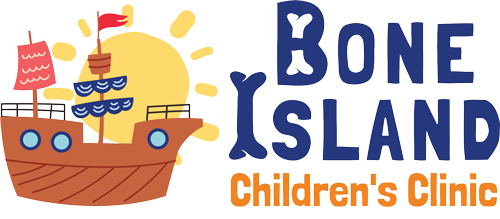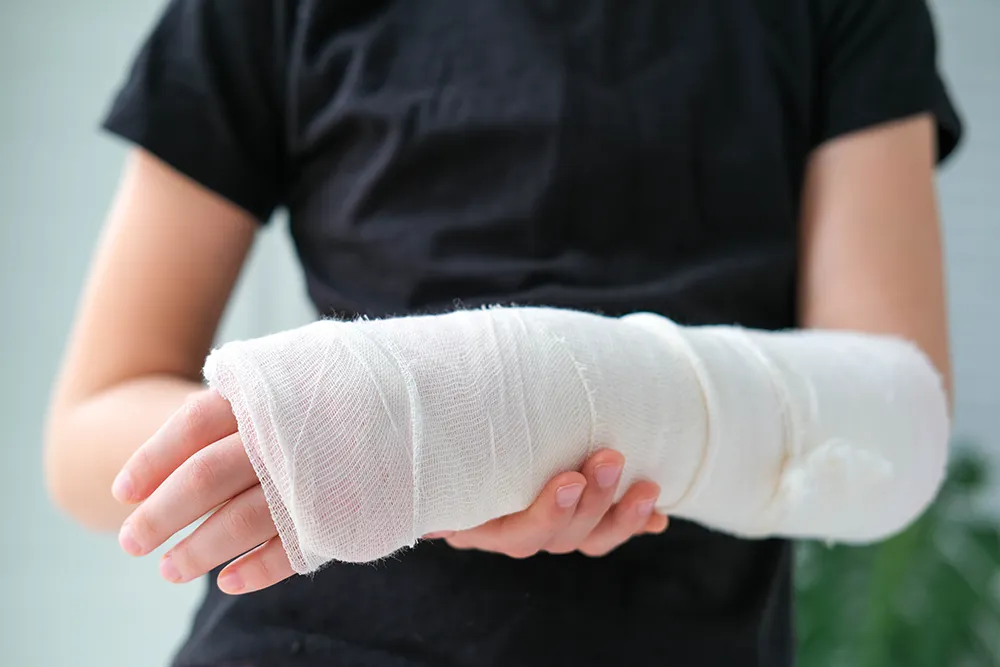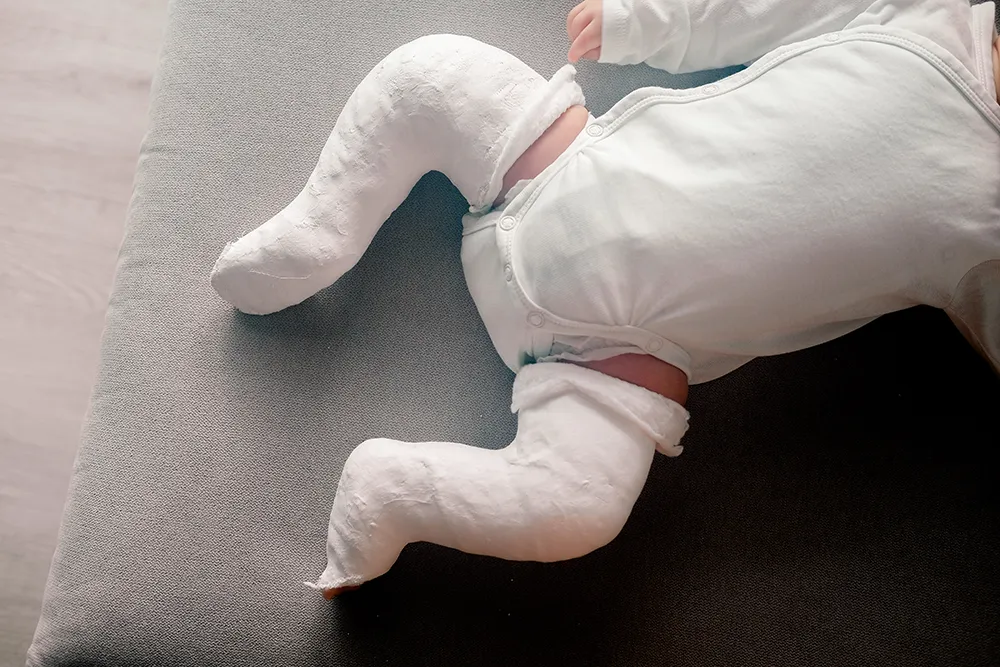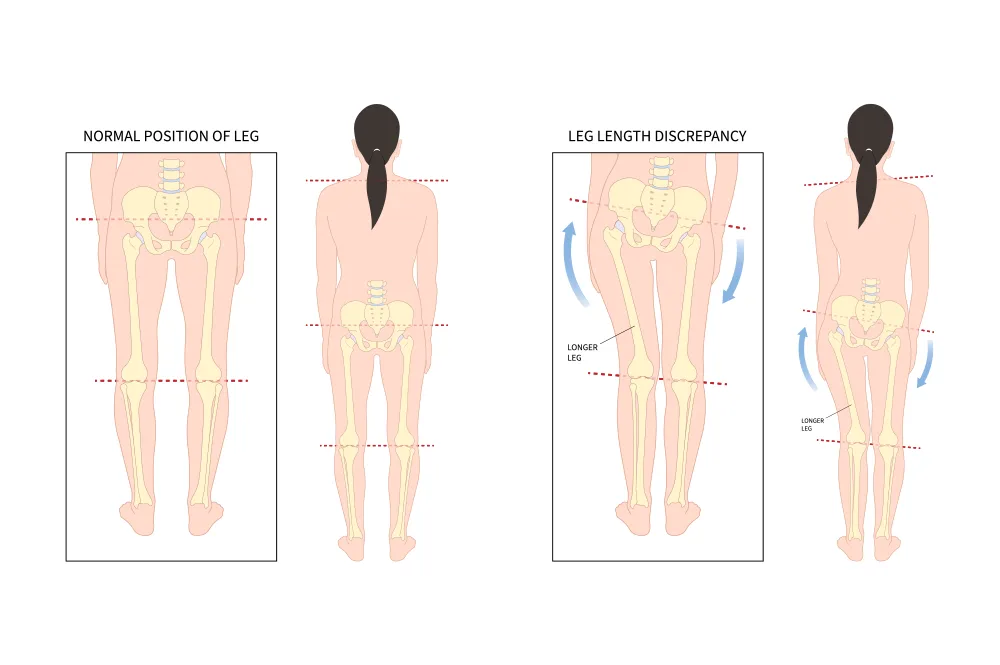Developmental Dysplasia of the Hip in Babies

What is developmental dysplasia of the hip
Developmental dysplasia of the hip (DDH), also known as congenital dislocation of the hip or hip dysplasia, is a developmental condition where a child is born with an unstable or loose hip joint.
This instability arises because the hip socket is shallower than normal and not fully formed at birth. Consequently, the ball of the femur (thigh bone) does not fit properly and securely into the hip socket.
Causes of developmental dysplasia of the hip
In the final stages of pregnancy, the womb can become extremely crowded, leading to a condition where the ball of a baby’s hip joint may be displaced from its correct position. The hip joint of a newborn is primarily composed of soft cartilage, which gradually ossifies into bone post-birth.
If the ball of the femur does not properly align with the hip socket, this misalignment prevents the socket from developing fully around the ball. Consequently, this incomplete formation results in a shallow hip socket, leading to DDH.
Other factors contributing to DDH may include:
- Family history of DDH
- Breech presentation during delivery
- Large birth weight
- First-born child (tighter uterus conditions)
Symptoms of developmental dysplasia of the hip
The symptoms of DDH vary by age group. Developmental dysplasia of the hip doesn’t cause pain in babies, so it can be hard to notice. Doctors and specialists will check the hips of all newborns and babies during child examinations to look for signs of DDH.
Parents might notice:
- The baby’s legs are not the same length
- The child has a limp when starting to walk
- Uneven skin folds on the infant’s bottom
Babies showing any of these signs should see a doctor for a thorough hip examination. Early
detection and treatment of DDH usually increase the chances for the baby’s hips to develop
normally.
Treatment for developmental dysplasia of the hip
Treatment for DDH depends on the age of the child and the extent of hip involvement.
Non-surgical treatments
- Pavlik harness: For children under six months old, the Pavlik harness is often the first line of treatment. This soft brace holds the ball portion of the joint firmly in its socket for several months (about 3 to 6 months), helping to mold the socket to the shape of the ball and keep the child’s hips in the correct position.
- Abduction splint: Similar to the Pavlik harness, this device keeps the hips in an abducted position.
- Full-body cast: In older children, a full-body cast may be required to maintain the proper alignment of the hip joint.
Regular follow-ups are essential to ensure that the harness or splint fits well and is effective.
Surgical treatments
If non-surgical methods fail, or if the child is diagnosed after six months of age, surgical intervention may be necessary. The type of surgery depends on the child’s age and specific condition of the hip joint.
- Closed reduction surgery: This procedure is performed under general anesthesia. Radiographic imaging is used to guide the manipulation of the hip into proper alignment without making any incisions. A cast is then applied to hold the hip in place for up to three months.
- Open reduction surgery: Also performed under general anesthesia, this surgery involves making an incision to remove any tissue obstructing the proper alignment of the femoral head in the socket. After realignment, a cast is applied to stabilize the hip joint.
Post-treatment care: After treatment, regular monitoring through physical examinations and imaging studies is essential to ensure proper hip development. Physical therapy may also be recommended to strengthen the hip muscles and improve joint mobility.





